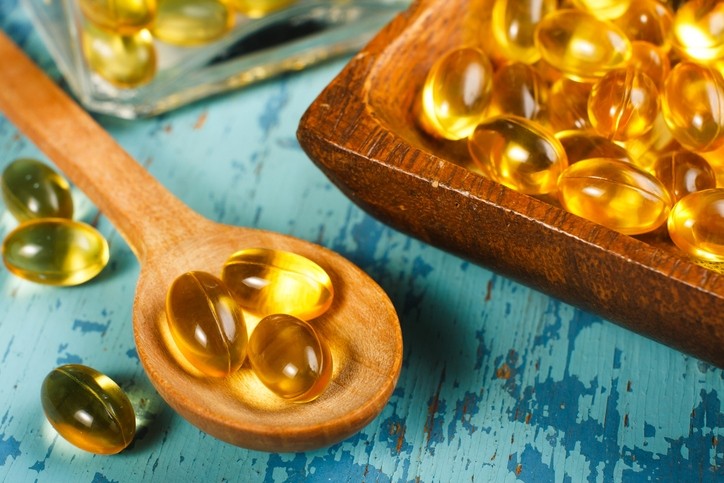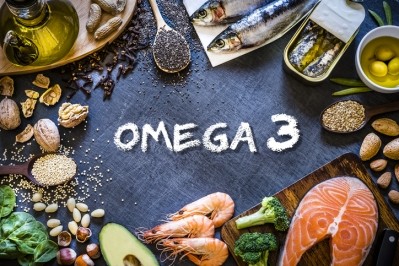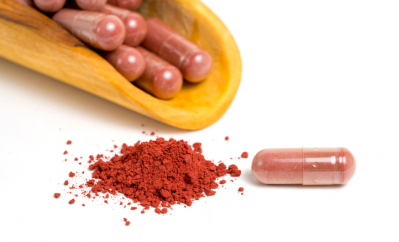Japan, South Korea top omega-3 index, while China, Australia lower than average – 2024 data

The study, partly financed by the Global Organization for EPA and DHA Omega-3s (GOED), assessed global O3I through observational studies and randomised controlled trials (RCTs) published on GOED’s Clinical Study Database and PubMed.
A similar study was published in 2016 and the latest one, published in Progress in Lipid Research on July 3, compared the changes in O3I with the 2016 study.
In the study, O3I was defined as the percentage of EPA and DHA in red blood cell membrane fatty acids.
A total of 342,864 individuals from 48 countries or regions were studied for the 2024 report.
The average age of the individuals studied was 53 years. Slightly more than half of the individuals (53 per cent) studied were women and 47 per cent were men.
Of which, 7.3 per cent (25,115) were from Asia-Pacific, including China (13,296), Japan (6,272), South Korea (1,280), India (1,173), and Taiwan (1,031). About 0.7 per cent (2296) were from Oceania, with 2,038 from Australia and 142 from New Zealand. The bulk of the study consisted of data from the US and Europe.
Findings showed that South Korea and Japan topped the APAC with a desirable O3I, where the percentage of EPA and DHA in red blood cell membrane fatty acids was more than eight per cent. This was also seen in Iceland, Norway, Finland, and Greenland.
Taiwan and New Zealand were among the few regions with a moderate O3I, where the percentage of EPA and DHA in red blood cell membrane fatty acids was between six and eight per cent. This was also seen in Spain, France, Denmark, Sweden, Tunisia, and Mongolia.
An improvement was seen in New Zealand, as the country’s O3I rose a rank from lower than moderate to moderate as compared to the 2016 study.
This could be due to an increase in omega-3 related RCTs and observational studies conducted in New Zealand, said the researchers.
Yet, it should be noted that only 142 individuals from New Zealand were involved in the 2024 study. This could be under-representative of the entire country.
China and Australia, together with most other regions such as North America and Turkey, recorded a lower than moderate O3I levels.
In this case, the percentage of EPA and DHA in red blood cell membrane fatty acids was between four and six per cent.
India was at the lowest rung as compared to the other APAC countries, where the percentage of EPA and DHA in red blood cell membrane fatty acids was below four per cent.
The O3I recorded in India was only 3.62 per cent. This was slightly higher than Iran’s 2.41 per cent, Egypt’s 2.1 per cent, and the Palestinian territories’ 2.56 per cent.
It should be noted, however, that these numbers were calculated on the basis of very small sample sizes in each country.
“In Guatemala, Egypt and Palestine, the number of people was less than 200. In Iran, India and Brazil the number was slightly higher, but only in the parts-per-thousand-range compared to the population of these countries,” said the researchers.
The findings were largely similar to the 2016 study, where EPA and DHA intakes and status were consistently low in India, Middle East, and Brazil.
Conversely, countries with high fish consumption and high EPA and DHA intake, such as South Korea and Japan, continued to have desirable mean O3I.
This is despite consumer demand for omega-3 supplements increasing over the years, said the researchers.
“Consumer demand for n3 supplements has increased over the last two decades. It is unclear to what extent the increase in the n3 PUFA intake is responsible for the observed shift in the O3I category in different countries.”
Citing literature findings, they pointed out that to move from an O3I of four per cent to eight per cent would require an increased average intake of EPA and DHA of about 1.4 grams per day.
“Such a change in intake could be accomplished nutritionally by adding a daily serving of oily fish like salmon to the diet, or by taking n3 supplements,” they said.
Source: Progress in Lipid Research
Omega-3 world map: 2024 update
https://doi.org/10.1016/j.plipres.2024.101286
Authors: Jan Philipp Schuchardt et al



















